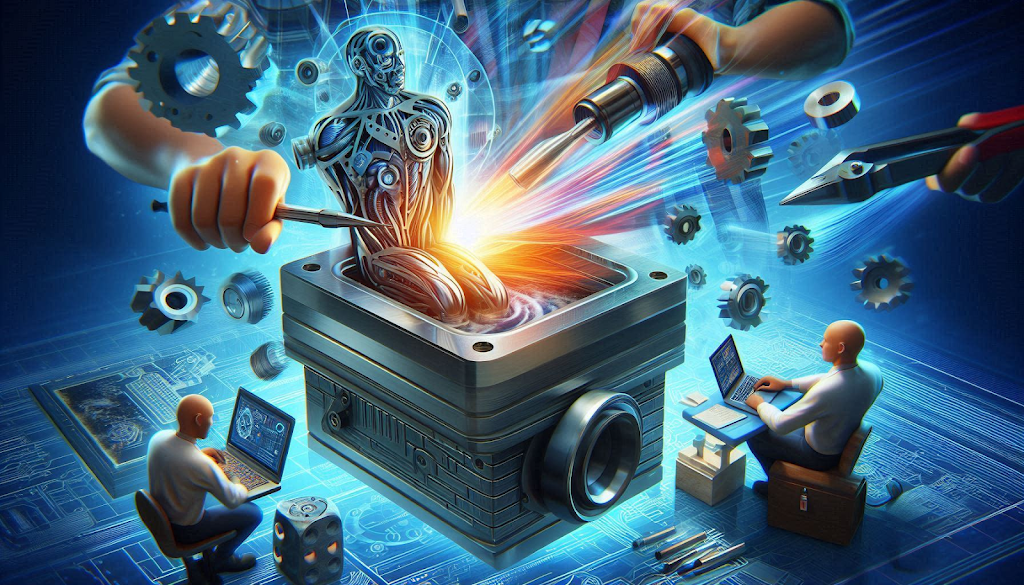Precision Machining Ontario is important to manufacturing industries, where the components must meet the exact specifications ensuring efficiency and reliability in various sectors like automotive, aerospace and medical devices.
The machining distortions can compromise on quality and performance of machined parts, leading to costly rework, delays and operational failures. It is important to understand the causes, effects and solutions for machining distortions aiming to maintain high precision in their operations.
What are the causes of Machining Distortions?
- Residual Stress: The residual stress can be introduced during the initial formation of the material such as casting, forging or heat treatment. The cutting forces can release these stresses unevenly leading to distortions in the final part.
- Cutting Forces and Heat: The forces applied during cutting, combined with the heat generated by the machining process can cause the materials to expand or contract, resulting in distortions.
- Material Properties: The in-build properties of the materials being machined like its ductility, hardness and grain structure play a role in how it responds to the machining forces. Soft materials will deform more easily under pressure while the harder materials can experience localized stress concentrations, causing distortions.
- Tool wear and vibration: This can lead to uneven material removal and distortions during machining. Dull tools and unstable machines can cause deflection which compromises the accuracy of the final product.
What are the effects of Machining Distortions?
- Dimensional Inaccuracy: The distorted parts may not meet the specified tolerances, leading to dimensional inaccuracies that will compromise the functionality of the component. In precision machining even the minor deviations from the desired dimensions can have great consequences.
- Increased Cost of Production: Distorted parts require additional rework or scrap, leading to increased production costs. Wastage of materials and the extended machining times are common effects.
- Failure of the Component: In critical industry applications like medical equipments or aerospace, distorted components can lead to part failure, posing significant safety risks and legal liabilities.
What are the solutions of Machining Distortions?
- Stress Relieving Treatments: Applying stress-relieving treatments before and after machining can help reduce residual stresses in the material.
- Optimized Machining Norms: Adjusting the cutting speeds, feeds and depths can help reduce the heat and forces applied during machining, reducing the likelihood of distortions. Using proper cutting tools and maintaining sharp tool edges can reduce the issue.
- Fixturing and Clamping; This method will provide support to the workspace during machining, preventing unwanted movement or flexing that can cause distortions. Using fixtures provide uniform support to avoid concentrated stresses.
- Advanced Simulation: The reputable precision Machining Ontario companies use the advanced simulation software to predict potential distortions and adjust the machining process accordingly. These tools allow the manufacturers to stimulate stress distributions and material behavior before actual machining.
Machining distortions can pose significant challenges in precision machining, affecting the quality, cost and safety of manufactured parts. By understanding the causes and effects, the manufacturers can implement solutions to reduce the distortions effectively.

